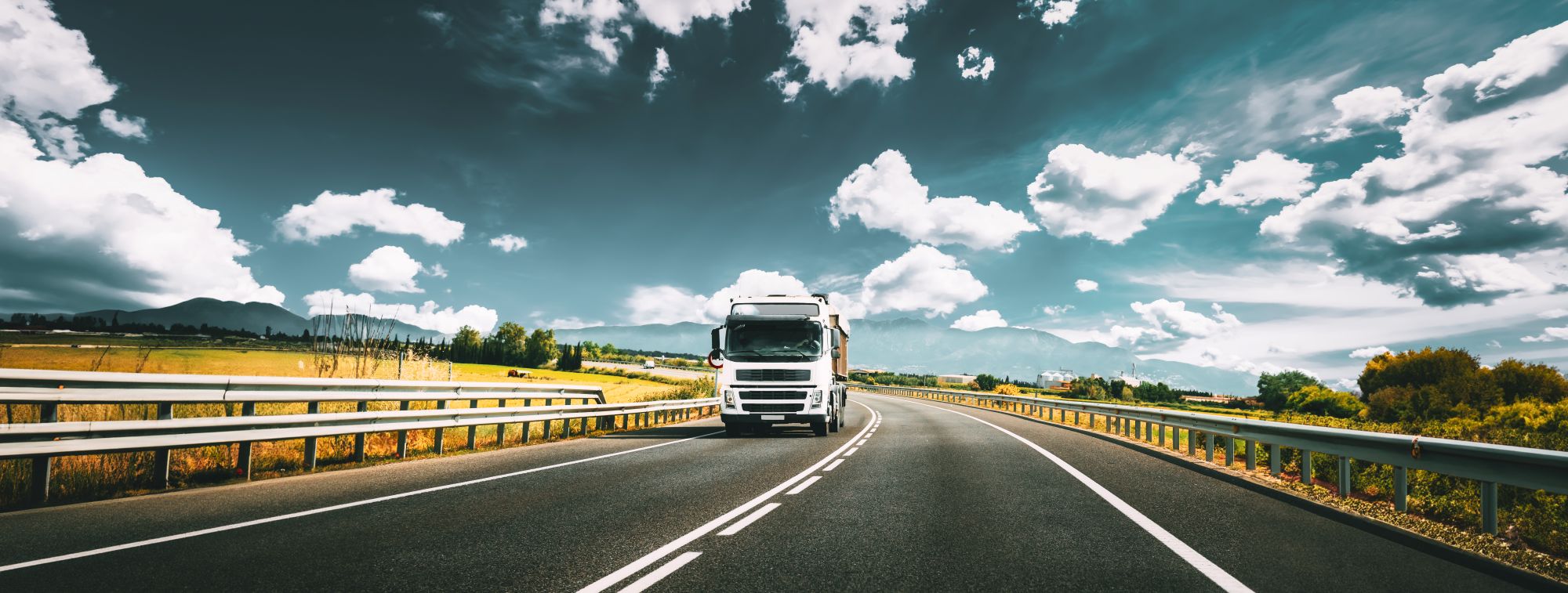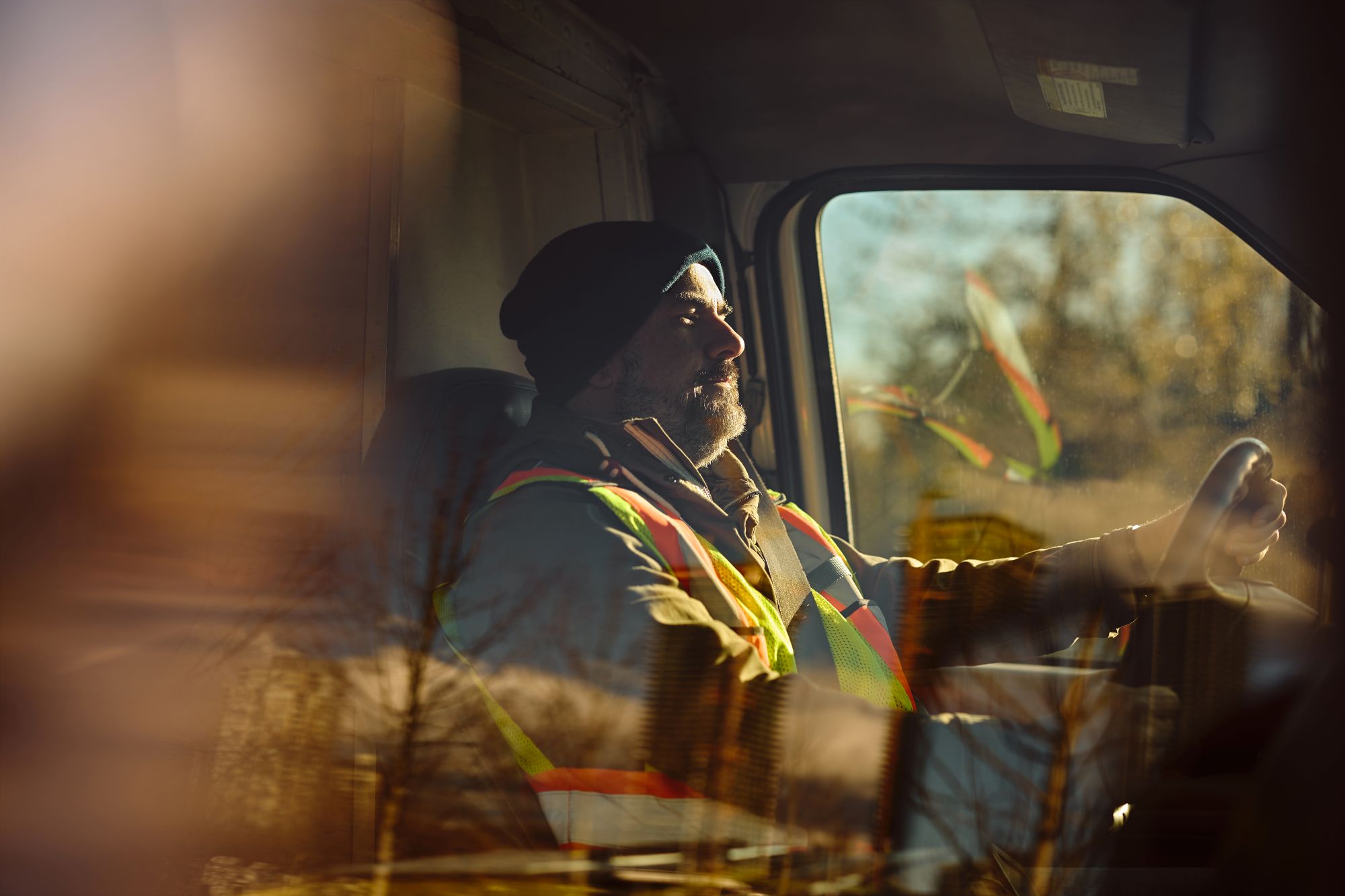
Guest
El auge de las infraestructuras en Rumanía: qué significa para el sector de la movilidad
Creado: 22/09/2025
•
Actualizado: 22/09/2025
Rumanía se está convirtiendo rápidamente en un centro estratégico de logística y transporte de mercancías en el sureste de Europa. Con el apoyo de miles de millones de fondos nacionales y de la UE, el renacimiento de las infraestructuras del país está atrayendo a operadores de flotas, inversores en logística y fabricantes. En este artículo analizamos lo que estos avances significan para las flotas, los conductores y el sector del transporte en general.
Las infraestructuras de transporte de Rumanía han experimentado un cambio drástico de ritmo y escala. El Gobierno ha destinado unos 25.000 millones de lei (4.270 millones de libras) a proyectos de carreteras en 2026, lo que refleja una atención sin precedentes a las autopistas y los corredores de mercancías.
A mediados de 2025, Rumanía tenía unos 1.325 km de autopistas en servicio (1.188 km de autovías y 138 km de autopistas), con otros 741 km en construcción y 669 km en fase de licitación.
Para 2030, Rumanía tiene previsto duplicar su red de autopistas, modernizar las rutas ferroviarias estratégicas, ampliar el transporte urbano y conectar regiones que llevan mucho tiempo aisladas. El reto es inmenso, pero el resultado podría transformar la posición del país en el mapa europeo del transporte.
Entre los proyectos clave figura el eje norte-sur de la A7, de Ploiești a Siret, que facilitará el transporte hasta la frontera ucraniana y cuya finalización está prevista para 2026. Otro es una autovía de 11 km que conectará Satu Mare con la frontera de Rumanía con Hungría. La circunvalación A0 de Bucarest facilitará el tráfico de mercancías y pasajeros alrededor de la capital, cuya mitad sur ya está en uso. Otras obras importantes son los corredores Suceava-Oar y Timișoara-Moravița, así como el túnel de Meseș, de 2,9 km, que se convertirá en el túnel de carretera más largo de Rumanía.
"Estos corredores no sólo mejorarán las conexiones este-oeste y norte-sur, sino que conectarán regiones hasta ahora aisladas, como Moldavia y el noreste, con el resto del país y la UE", comenta Eduard Ularu, Director de Desarrollo Empresarial de SNAP.
Pero las infraestructuras no son solo carreteras. El Puente de Brăila sobre el Danubio, inaugurado en julio de 2023 con un coste de 500 millones de euros (363 millones cofinanciados por la UE), supone el primer cruce sobre el Danubio marítimo y mejora notablemente la conectividad con Constanța y Dobruja.
Otros avances vitales son las mejoras ferroviarias previstas en el puerto de Constanța y la ampliación por 130 millones de euros de la capacidad de carga rodada y de contenedores de DP World Romania, que duplicará el rendimiento y añadirá enlaces logísticos por carretera y ferrocarril.
Por qué es importante
El mercado rumano de transporte de mercancías y logística es considerable. Valorado en aproximadamente 21.110 millones de USD en 2025, se prevé que aumente a 24.270 millones de USD en 2030. Mientras tanto, se prevé que el segmento del transporte de mercancías por carretera alcanzará los 9.070 millones de USD en 2025 y los 10.370 millones de USD en 2030.
Estas cifras reflejan el creciente papel de Rumanía como corredor transeuropeo, que sirve rutas desde Hungría, Bulgaria, Ucrania, Moldavia y los puertos del Mar Negro. Ucrania dirige ahora gran parte de sus exportaciones de grano a través de Constanța, en la costa del Mar Negro, y prevé duplicarlas de 2 a 4 millones de toneladas mensuales a través de la infraestructura rumana.
"Estas inversiones ayudarán a Rumanía a competir con más fuerza con grandes centros logísticos como los de Polonia y Grecia", comenta Eduard Ularu. "Constanța tiene un enorme potencial y, con las infraestructuras adecuadas, puede convertirse por fin en la puerta de entrada para el comercio europeo que estaba destinada a ser".
La mejora del almacenamiento, el abaratamiento de los costes laborales y la tendencia a la deslocalización animan aún más a fabricantes y minoristas a ubicar centros logísticos en Rumanía, lo que aumenta la demanda en las carreteras e impulsa el crecimiento en toda la red.

Desarrollos digitales
Las mejoras de las infraestructuras no son sólo físicas: también son digitales. A medida que el país amplía sus autopistas y corredores de transporte de mercancías, está incorporando sistemas inteligentes diseñados para que los desplazamientos sean más rápidos, seguros y eficientes.
En toda la red se están instalando [herramientas inteligentes de control del tráfico] (https://www.itf-oecd.org/sites/default/files/docs/smart-use-roads_1.pdf), como sensores de peso en movimiento, bucles de tráfico inductivos y cámaras en carretera. Estos sistemas alimentarán en tiempo real los centros de control de tráfico de ciudades como Bucarest, Brașov y Timișoara, ayudando a las autoridades -y a los operadores de flotas- a reaccionar más rápidamente ante incidentes y atascos.
Bucarest también está modernizando su infraestructura semafórica, utilizando IA y detectores inteligentes para optimizar los flujos de vehículos y reducir los cuellos de botella. Esto tiene importantes implicaciones para los operadores de transporte de mercancías que circulan por zonas urbanas densas, ya que mejora la fiabilidad de los tiempos de viaje y reduce los tiempos muertos.
A nivel nacional, Rumanía está cambiando hacia la tarificación digital de las carreteras. El nuevo sistema TollRO -cuyo lanzamiento está previsto para 2026- sustituirá la actual viñeta electrónica por un modelo de peaje basado en la distancia y sensible a las emisiones, en línea con las directivas de la UE. Este cambio podría fomentar flotas más limpias y ofrecer precios más justos a los operadores logísticos que inviertan en vehículos de bajas emisiones.
Para los conductores, esto significa menos retrasos, información más clara en tiempo real y una mejor respuesta a las condiciones de la carretera. Para los operadores, es una oportunidad de preparar para el futuro la planificación de la flota, la gestión de las rutas y las estrategias de sostenibilidad.
Impactos para flotas y conductores
Para las flotas y los conductores, la modernización de Rumanía conlleva ventajas e inconvenientes. Quizá lo más importante sea que mejorará la eficiencia de la red. Con rutas más fluidas y corredores más rápidos, es probable que las inversiones reduzcan los tiempos de viaje y los tiempos de ralentí. Las peligrosas carreteras nacionales de un solo carril serán sustituidas gradualmente por autopistas más seguras y rápidas. Esto aumentará la productividad y también reducirá el tiempo que los conductores pasan al volante.
Sin embargo, no todo es positivo. Las obras en curso en autopistas como la A7 y la A8 pueden provocar retrasos y cambios de ruta mientras se acometen las obras. También podría suponer un mayor volumen de mercancías (sobre todo en Constanța y los pasos fronterizos), lo que podría sobrecargar las infraestructuras existentes.
"Ahora mismo, zonas en obras como la DN2 y partes de la circunvalación A0 de Bucarest provocan desvíos y cuellos de botella", explica Ularu. "Los camiones pierden horas en rutas que deberían tardar minutos, y eso repercute en todo, desde los presupuestos de combustible hasta la fiabilidad de las entregas".
Además, los nuevos corredores, las normas de seguridad más estrictas y los cambios en las tasas por el uso de las carreteras exigen una mayor atención al cumplimiento de la normativa.
Apoyar el bienestar de los conductores durante la transición
A pesar de los avances en infraestructuras, los aparcamientos seguros y las instalaciones de bienestar siguen siendo irregulares en algunos corredores de transporte de mercancías, especialmente cerca de las zonas fronterizas y los grandes centros de distribución. Las zonas en construcción carecen a menudo de zonas formales de estacionamiento, lo que deja a los conductores expuestos y sin ningún lugar donde descansar.
"Seguimos viendo paradas peligrosas y áreas de descanso abarrotadas en las principales rutas de transporte de mercancías", afirma Eduard. "Las autopistas modernas traerán áreas de servicio y descanso específicas cada 30-50 kilómetros, con estaciones de servicio, tiendas y patios de comidas. Para los conductores, esto significa lugares más seguros para aparcar, con iluminación adecuada, vigilancia por circuito cerrado de televisión y zonas de descanso seguras que reduzcan el riesgo de robo. Instalaciones sanitarias como duchas y aseos limpios -una rareza en las carreteras nacionales- se convertirán por fin en la norma".
SNAP está abordando esta carencia a través de su mapa interactivo de aparcamientos en toda Rumanía. Los conductores pueden localizar fácilmente aparcamientos seguros y de confianza para camiones, reservar plazas con antelación cuando estén disponibles y planificar rutas más seguras a través del mapa de SNAP.
¿Está planeando un viaje por Rumanía? Utilice el mapa SNAP para encontrar aparcamientos seguros y cómodos para los conductores en las principales rutas de transporte de mercancías.
El ángulo de la sostenibilidad
Este proceso de modernización de las infraestructuras también desempeña un papel clave a la hora de hacer posible una logística más ecológica. Con una mayor fluidez del tráfico, se reducirán las emisiones causadas por los vehículos parados y la conducción con paradas y arranques.
También se mejorarán los corredores de transporte para apoyar las nuevas infraestructuras de recarga de vehículos eléctricos e hidrógeno, reduciendo así la dependencia de los combustibles fósiles.
Una región en movimiento
La inversión en infraestructuras de Rumanía marca un cambio fundamental para el transporte de mercancías y la movilidad en el sudeste de Europa. Para las flotas, esto se traduce en corredores más rápidos, mayor capacidad logística y mayores volúmenes de comercio, pero también en un mayor control del bienestar, el cumplimiento y la resistencia.
Como líder del sector con visión de futuro, SNAP aboga por unas operaciones bien informadas, una planificación flexible de las rutas y unas herramientas centradas en el conductor que favorezcan tanto la seguridad como la eficiencia. Rumanía no solo se está modernizando, sino que está cambiando la forma de transportar mercancías en la región.
"No se trata solo de carreteras, sino de resiliencia, sostenibilidad y construcción de un futuro más inteligente para el transporte de mercancías en toda Europa. Rumanía está justo en el centro de ese cambio", afirma Eduard.



